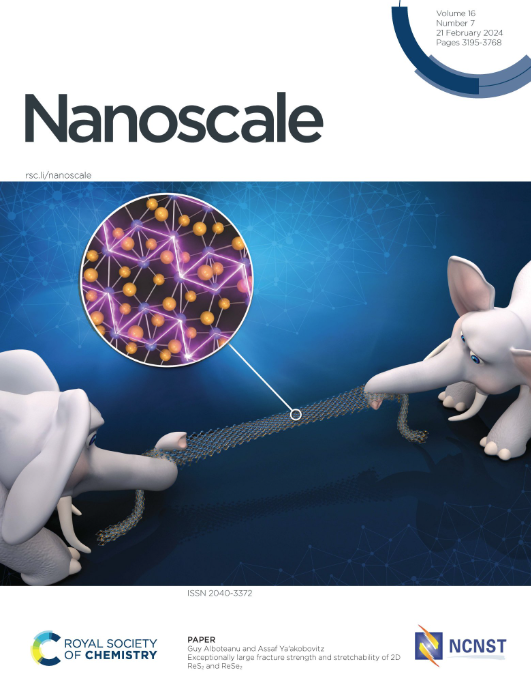Graphene-based materials are not skin sensitizers: adoption of the in chemico/in vitro OECD test guidelines
IF 5.8
3区 材料科学
Q1 CHEMISTRY, MULTIDISCIPLINARY
引用次数: 0
Abstract
The boost in the market size of graphene-based materials (GBMs) requires a careful evaluation of their impact on human health, acquiring robust and reliable data, also suitable for regulatory purposes. Considering cutaneous contact as one of the most relevant GBM exposure routes, this study is focused on skin sensitization, aimed at assessing the possibility to adopt the three in chemico/in vitro test guidelines (TGs) defined by the Organization for Economic Cooperation and Development (442C, D and E) to predict the first three phases of the skin sensitization adverse outcome pathway. Being originally validated for chemicals, modifications allowing their adoption for GBMs were evaluated. TG 442C was found to be not suitable for testing GBMs due to their reactivity, leading to possible misclassifications. In contrast, TG 442D and E can generally be applied for GBMs. However, protocol adjustments were required to assess cell viability reducing interferences for TG 442D, whereas caution should be exercised regarding dose-finding selection and GBM dispersion stability for TG 442E. When applying these modifications, GBMs were found to be unable to activate keratinocytes and promote dendritic cell differentiation, so they can be considered non-sensitizers. Overall, these results significantly contribute to understanding the safety profiles of GBMs and to improve testing methodologies to obtain reliable toxicological data.

求助全文
约1分钟内获得全文
求助全文
来源期刊

Nanoscale
CHEMISTRY, MULTIDISCIPLINARY-NANOSCIENCE & NANOTECHNOLOGY
CiteScore
12.10
自引率
3.00%
发文量
1628
审稿时长
1.6 months
期刊介绍:
Nanoscale is a high-impact international journal, publishing high-quality research across nanoscience and nanotechnology. Nanoscale publishes a full mix of research articles on experimental and theoretical work, including reviews, communications, and full papers.Highly interdisciplinary, this journal appeals to scientists, researchers and professionals interested in nanoscience and nanotechnology, quantum materials and quantum technology, including the areas of physics, chemistry, biology, medicine, materials, energy/environment, information technology, detection science, healthcare and drug discovery, and electronics.
 求助内容:
求助内容: 应助结果提醒方式:
应助结果提醒方式:


